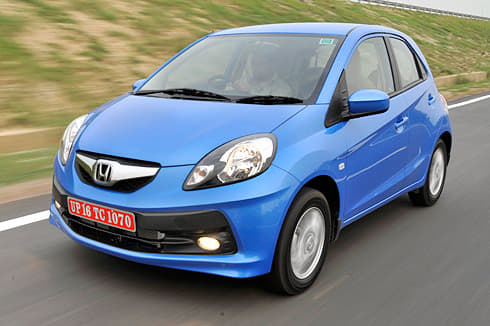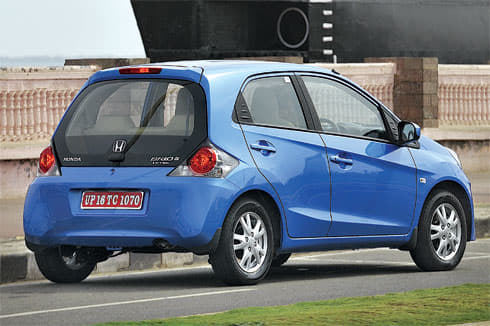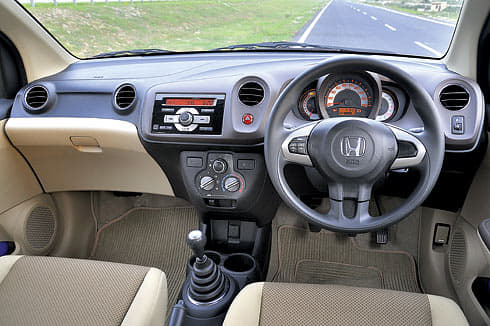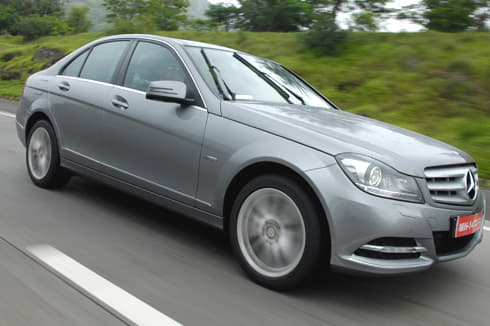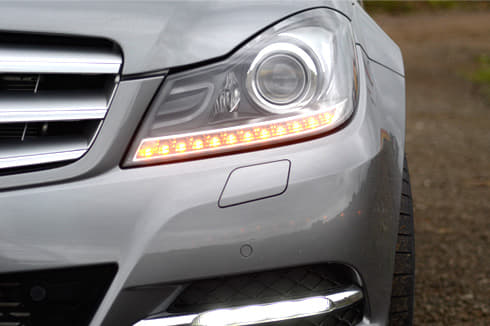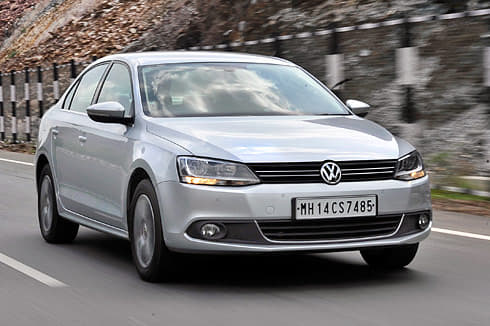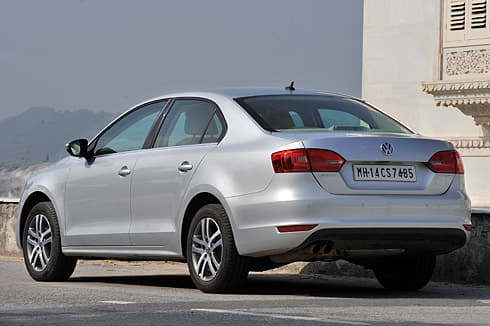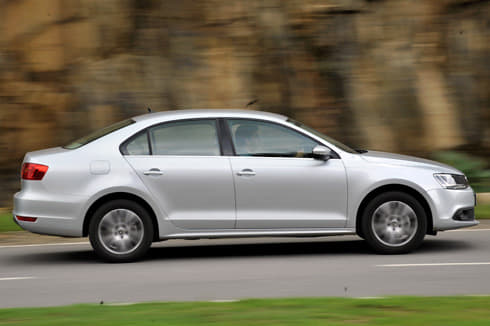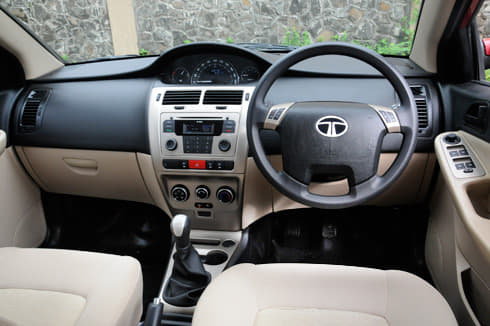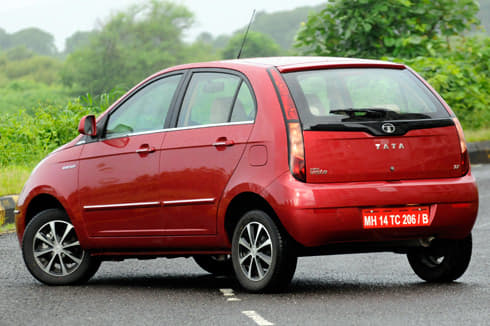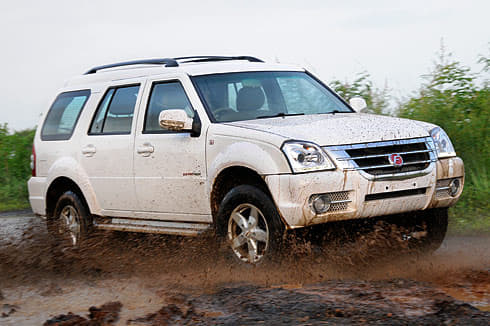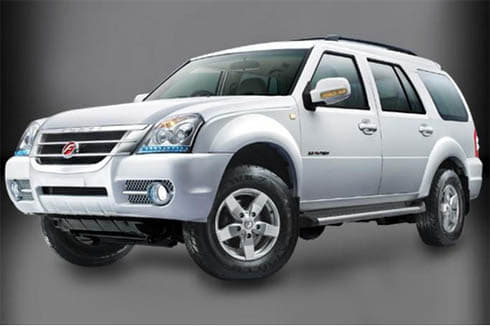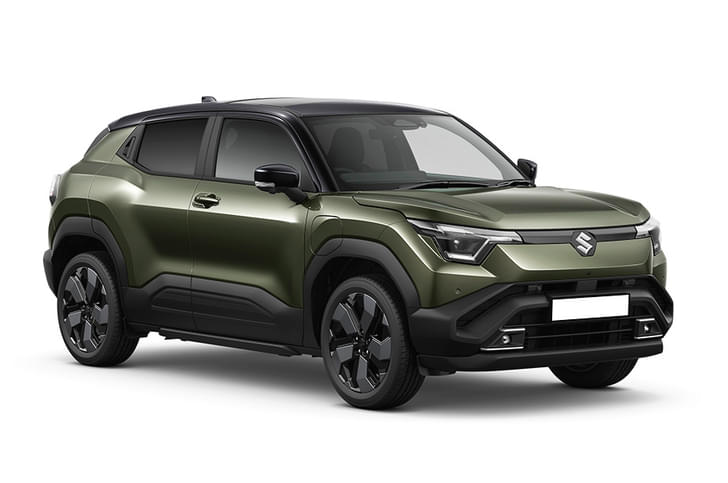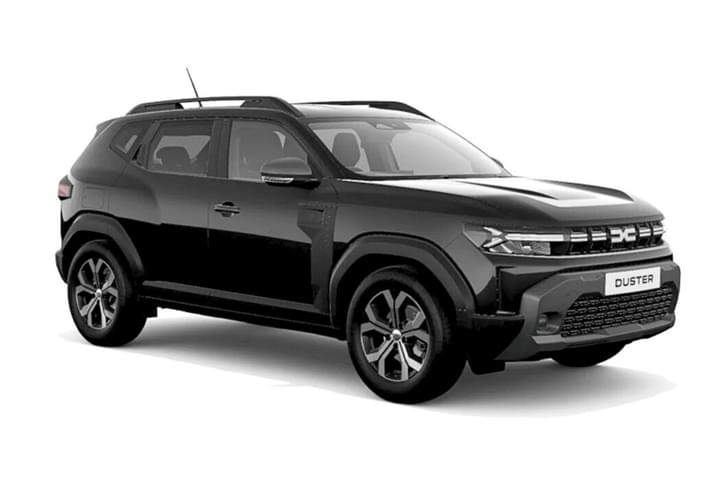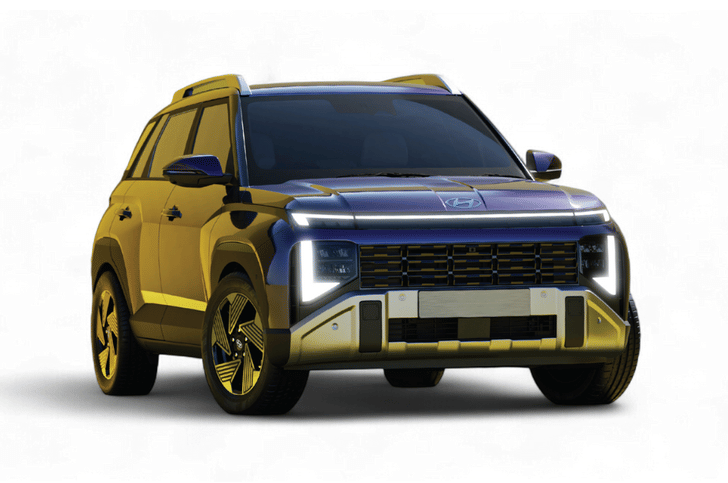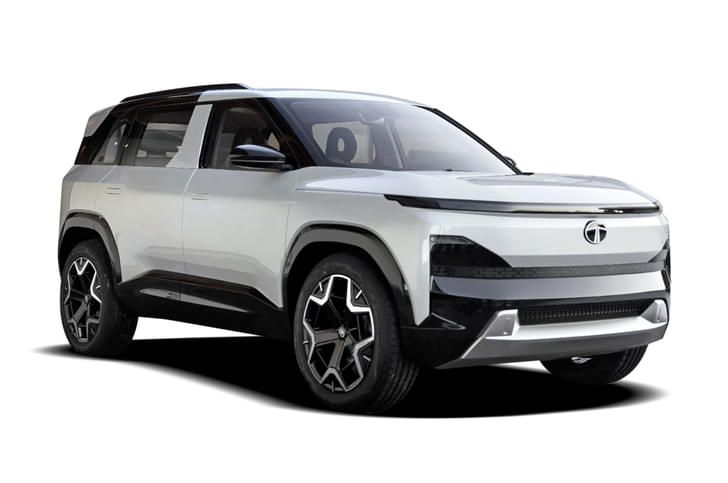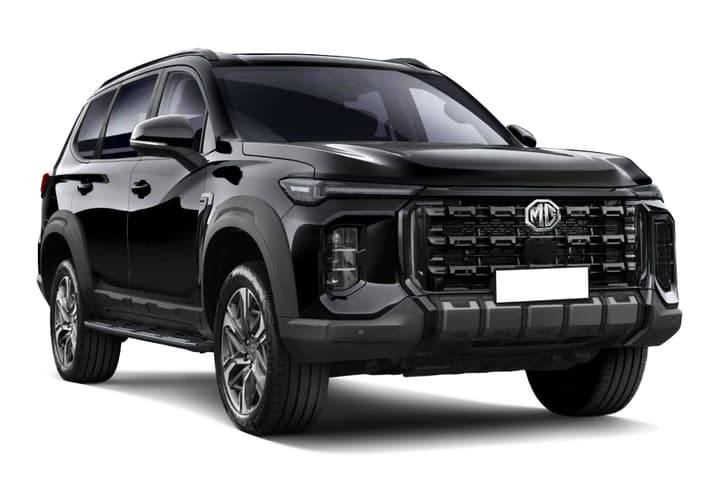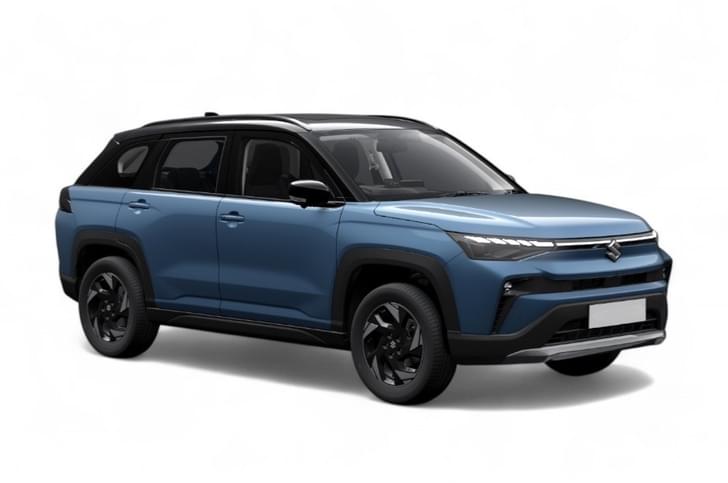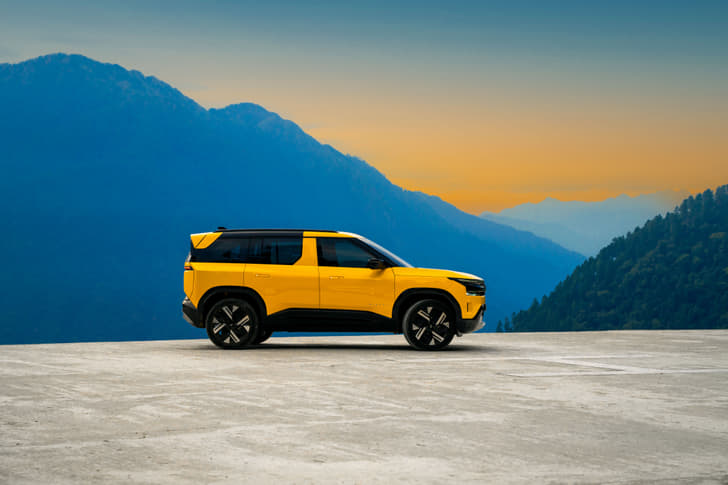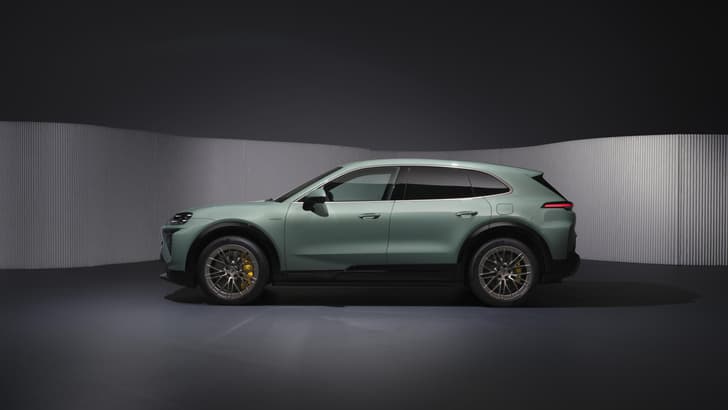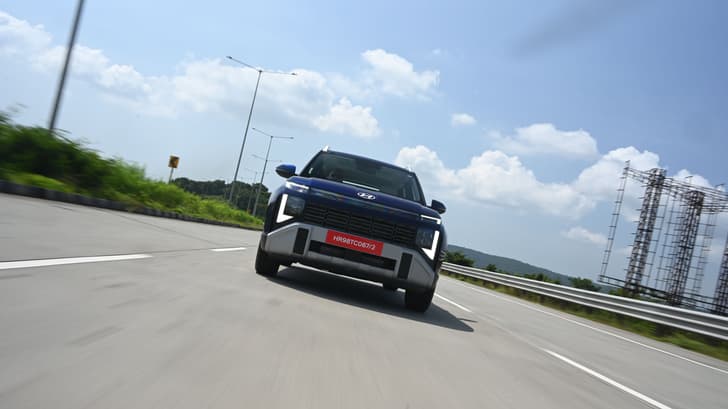Honda’s future in India hinges on the all-new Brio. The carmaker has put its heart and soul into what is easily the most important model for it in India. But is Honda’s first crack at the budget-end of the hatchback market good enough to take it to the top?
What’s evident immediately is that the Brio has a futuristic look. The lines are fresh, the stance is aggressive, the detailing is sporty and the car has a compactness to it. Yes, it does take a while to get your head around the Brio, especially the rear, but there’s plenty to like straight off the bat, especially details like the pitched-forward stance, the short overhangs and the tightly stretched skin for a taut, dynamic look.
What dampens the look, however, is the glass-only hatch at the rear – this takes away from the premium feel of the car. The tiny clear lens tail-lamps aren’t too attractive either, and there is no rear wiper. But a bigger oversight is the lack of a demister, which can cause visibility issues when driving in the rain. The Brio looks visually smaller than some of its rivals, and this could be a handicap for Honda. But what’s clearly evident on this car is Honda’s brilliant packaging. It has concentrated on making the best use of its short 2345mm wheelbase.
Since fuel economy and performance are important, the Brio is pretty light, tipping the scales at only 925kg. It’s low weight has helped it achieve class-best fuel economy of 18.4kpl (company claimed). But this is not at the cost of rigidity, as plenty of high-strength steel and reinforcements in key areas have been used. What isn’t really new on the Brio is the 88bhp 1.2-litre i-VTEC engine, which has been borrowed from the Jazz.
Climb into the Brio and the first thing you notice is just how big it is on the inside. While the cabin isn’t as spacious as the Jazz or the Vista, it’s wider than a Swift in the front. The big windscreen lends a very airy feel, and getting in and out of the front seats is terrific. There is plenty of legroom at the back, and the rear seat is pretty substantial and comfortable. However, sitting three abreast is pretty tight and can only be comfortable over short distances. The dashboard, with its two-piece and offset centre console, is unusual and has a spartan feel to it. Equipment levels aren’t very generous either.
However, Honda’s soft-touch steering wheel looks very upmarket, as do the instrument panel and hooded dials. The chrome rings around the air-con vents add a bit of class and most of the switchgear feels solid and good to operate. There’s plenty of storage too.
But there are signs of cost-cutting. There is no driver’s seat height adjust, no rear parcel tray, no CD player and the rear power window switches look a generation old. The boot too is quite small, but again, Honda has carved out every millimetre of the Brio’s limited luggage area and you can squeeze in more bags than you thought possible. The Brio does have one unique safety feature, the i-SRS airbag, which features an intelligent system to control airbag deployment and pressure.
The Brio is the fastest, strongest performer in its class. There’s a noticeable spike in power around 4500rpm and it enjoys being wrung hard all the way to the 6500rpm redline. This is also the only car in its class that’s quick enough to duck under the 13-second barrier to 100kph. However, the 1.2 i-VTEC lacks low-end grunt. But that doesn’t stop the Brio from outgunning most of the other hatchbacks when accelerating in any gear.
The Brio is best enjoyed when using the light, accurate gearshift to keep the engine on the boil. The engine is smooth, but it does tend to get a bit vocal at higher engine speeds and it doesn’t feel as refined as the Swift’s K-series motor. Honda has also included a unique feature on this car. An ‘ECO’ indicator lights up on the dash every time the car senses you are driving in an economical manner.
The Brio’s power steering is a revelation for an electrical unit. It is light and easy to twirl at low speeds, but surprisingly well weighted and pretty direct. You get good feedback through corners and there’s a nice, linear way in which the steering weights up. What’s surprising is that it rides quite comfortably – the suspension is quite absorbent and silent at low speeds. The short wheelbase, however, does mean it tends to get a bit choppy over uneven surfaces and the ride isn’t as consistent or flat as that of some rivals.
So does the Brio have what it takes to go head-to-head against the best, and hope to win? Yes, it does. It is spacious, comfortable, looks good, has a fabulous engine and should deliver class-matching fuel economy. Yes, a more upmarket dash would have gone a long way, it could do with a few more essential features, and a little more boot space would have been welcome. The best bit, though, is that Honda now knows how to price its products and there’s talk of a starting price of Rs 4.2 lakh. Honda’s back with a bang!
What’s evident immediately is that the Brio has a futuristic look. The lines are fresh, the stance is aggressive, the detailing is sporty and the car has a compactness to it. Yes, it does take a while to get your head around the Brio, especially the rear, but there’s plenty to like straight off the bat, especially details like the pitched-forward stance, the short overhangs and the tightly stretched skin for a taut, dynamic look.
What dampens the look, however, is the glass-only hatch at the rear – this takes away from the premium feel of the car. The tiny clear lens tail-lamps aren’t too attractive either, and there is no rear wiper. But a bigger oversight is the lack of a demister, which can cause visibility issues when driving in the rain. The Brio looks visually smaller than some of its rivals, and this could be a handicap for Honda. But what’s clearly evident on this car is Honda’s brilliant packaging. It has concentrated on making the best use of its short 2345mm wheelbase.
Since fuel economy and performance are important, the Brio is pretty light, tipping the scales at only 925kg. It’s low weight has helped it achieve class-best fuel economy of 18.4kpl (company claimed). But this is not at the cost of rigidity, as plenty of high-strength steel and reinforcements in key areas have been used. What isn’t really new on the Brio is the 88bhp 1.2-litre i-VTEC engine, which has been borrowed from the Jazz.
Climb into the Brio and the first thing you notice is just how big it is on the inside. While the cabin isn’t as spacious as the Jazz or the Vista, it’s wider than a Swift in the front. The big windscreen lends a very airy feel, and getting in and out of the front seats is terrific. There is plenty of legroom at the back, and the rear seat is pretty substantial and comfortable. However, sitting three abreast is pretty tight and can only be comfortable over short distances. The dashboard, with its two-piece and offset centre console, is unusual and has a spartan feel to it. Equipment levels aren’t very generous either.
However, Honda’s soft-touch steering wheel looks very upmarket, as do the instrument panel and hooded dials. The chrome rings around the air-con vents add a bit of class and most of the switchgear feels solid and good to operate. There’s plenty of storage too.
But there are signs of cost-cutting. There is no driver’s seat height adjust, no rear parcel tray, no CD player and the rear power window switches look a generation old. The boot too is quite small, but again, Honda has carved out every millimetre of the Brio’s limited luggage area and you can squeeze in more bags than you thought possible. The Brio does have one unique safety feature, the i-SRS airbag, which features an intelligent system to control airbag deployment and pressure.
The Brio is the fastest, strongest performer in its class. There’s a noticeable spike in power around 4500rpm and it enjoys being wrung hard all the way to the 6500rpm redline. This is also the only car in its class that’s quick enough to duck under the 13-second barrier to 100kph. However, the 1.2 i-VTEC lacks low-end grunt. But that doesn’t stop the Brio from outgunning most of the other hatchbacks when accelerating in any gear.
The Brio is best enjoyed when using the light, accurate gearshift to keep the engine on the boil. The engine is smooth, but it does tend to get a bit vocal at higher engine speeds and it doesn’t feel as refined as the Swift’s K-series motor. Honda has also included a unique feature on this car. An ‘ECO’ indicator lights up on the dash every time the car senses you are driving in an economical manner.
The Brio’s power steering is a revelation for an electrical unit. It is light and easy to twirl at low speeds, but surprisingly well weighted and pretty direct. You get good feedback through corners and there’s a nice, linear way in which the steering weights up. What’s surprising is that it rides quite comfortably – the suspension is quite absorbent and silent at low speeds. The short wheelbase, however, does mean it tends to get a bit choppy over uneven surfaces and the ride isn’t as consistent or flat as that of some rivals.
So does the Brio have what it takes to go head-to-head against the best, and hope to win? Yes, it does. It is spacious, comfortable, looks good, has a fabulous engine and should deliver class-matching fuel economy. Yes, a more upmarket dash would have gone a long way, it could do with a few more essential features, and a little more boot space would have been welcome. The best bit, though, is that Honda now knows how to price its products and there’s talk of a starting price of Rs 4.2 lakh. Honda’s back with a bang!

